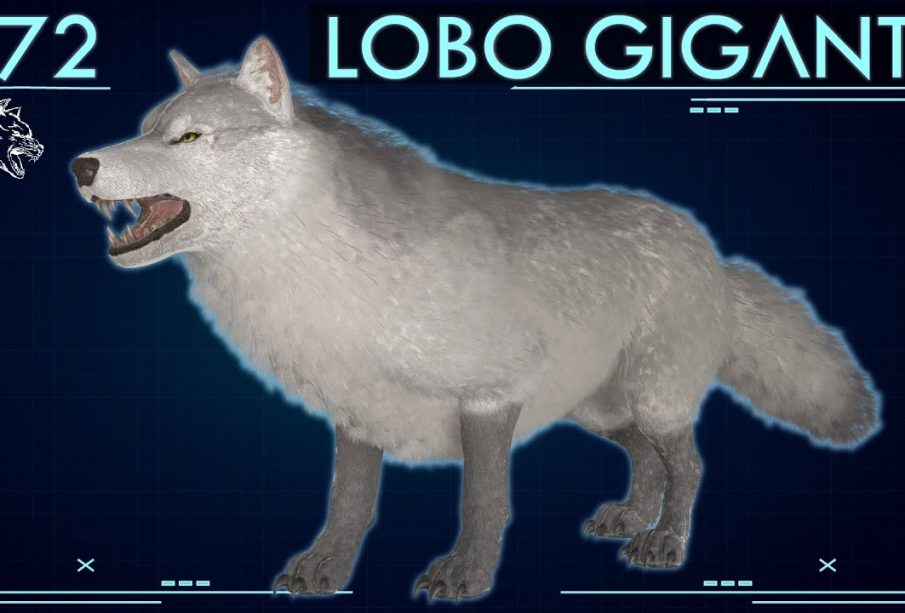Understanding the Dire Wolf: Nature’s Legendary Predator

Introduction
The dire wolf, a species that roamed North America during the late Pleistocene epoch, has captivated both scientists and the public. Often depicted in popular culture, particularly in the hugely popular series ‘Game of Thrones’, it is crucial to distinguish between the fictional portrayals and the realities of this fascinating megafauna. The dire wolf is significant not only for its size and predatory skills but also for its insights into prehistoric ecosystems and extinction events.
Characteristics and Habitat
Dire wolves (Canis dirus) were larger than modern gray wolves, typically weighing between 110 and 175 pounds, with a robust build and larger teeth suited for hunting large prey. These majestic creatures roamed vast areas across North America, thriving in diverse habitats from grasslands to forests. Their remains have been found alongside those of large herbivores like mammoths and bison, indicating that they were apex predators of their time.
Extinction and Fossil Evidence
Despite their formidable presence, dire wolves faced extinction around 10,000 years ago, likely due to a combination of climate change, habitat loss, and overhunting by early humans. Fossil evidence suggests they were prevalent in the La Brea Tar Pits in Los Angeles, where numerous specimens have been perfectly preserved, providing invaluable insights into their biology and lifestyle. Recent studies have employed advanced genetic analysis to further understand their relationship with modern canids, revealing that dire wolves are more closely related to today’s domestic dogs than to modern wolves.
Significance in Ecosystems
The extinction of the dire wolf marked a significant shift in North America’s ecological balance. As top predators, they played a crucial role in maintaining the populations of large herbivores and thereby influenced the vegetation landscape. Understanding their role is vital for paleobiology, as it helps scientists draw parallels with current predator-prey dynamics and conservation efforts for endangered species.
Conclusion
In summary, the dire wolf remains an iconic symbol of prehistoric North America, offering insights into ancient ecosystems and the factors leading to extinction. Continuous research into its lifestyle, morphology, and extinction can lead to better understanding of current wildlife dynamics and preservation efforts. As we delve deeper into the past, the lessons of the dire wolf remind us of the importance of biodiversity and the delicate balance of natural ecosystems.





